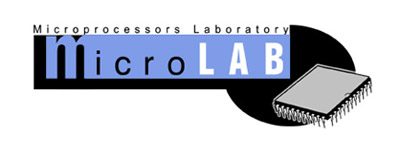
- This event has passed.
Tech Talk #13 – A dataflow accelerator for short read alignment on NGS data
February 26, 2021 @ 10:00 am - 11:30 am
Την Παρασκευή 26/2/2021 και ώρα 10:00 EET (Greek Time) θα έχουμε την παρουσίαση για τα Fridays Tech Talks από την υποψήφια διδάκτορα Κωσταντίνα Κολιογεώργη με τίτλο:
“A dataflow accelerator for short read alignment on NGS data”
Η παρουσίαση θα γίνει μέσω webex στο παρακάτω link Webex.
Ακολουθεί μία σύντομη περίληψη της παρουσίασης:
“Next Generation Sequencing (NGS) technologies have revolutionised genome study through rapid generation of genomics data at low cost. Any genome analysis usually starts with DNA read alignment, employing string-matching algorithms such as Smith-Waterman to compare DNA sequences. The inherent computational intensity and the vast amount of NGS input data the algorithm operates on, create a bottleneck in the workflow. Accelerated reconfigurable computing has been extensively leveraged to alleviate this bottleneck, focusing mostly on high-performance albeit standalone implementations, i.e neglecting the implications of integrating the accelerated functions within the sequencing tools. In existing accelerated solutions effective co-design of the NGS short-read alignment still remains an open issue, mainly due to narrow view on real integration aspects, such as system wide communication and accelerator call overheads. In this paper, we address the aforementioned inefficiencies in a twofold manner. We first propose a novel dataflow architecture for Smith-Waterman Matrix-fill and Traceback stages to perform high throughput short-read alignment on NGS data. We then couple the FPGA accelerator with radical software restructurings to widely-used Bowtie2 aligner. Moving both Matrix-fill and Traceback on chip extinguishes the communication data overheads whereas software restructuring accommodates batch alignment and minimizes calling overhead. The proposed solution delivers up to x116 and x2 speedup over state of the art software and hardware accelerators respectively, as well as up to x1.9 speedup for an end-to-end accelerated third-party aligner.”

